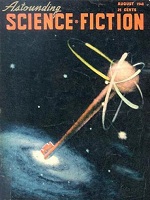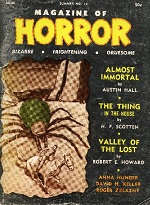Short Story
Commentaire pour servir à la construction pratique de la machine à explorer le temps
- by Alfred Jarry
- in Mercure de France, February 1899
Inspired by Wells, Jarry’s fictional Dr. Faustroll tells exactly what’s needed to build your very own time machine. —Michael Main
Space and Time are commensurable. To explore the universe by seeking knowledge of points in Space can be accomplished only through Time; and in order to measure Time quantitatively, we refer to Space intervals on the dial of a chronometer. Space and Time, being of the same nature, may be conceived of as different physical states of the same substance, or as differ ent modes of motion.





